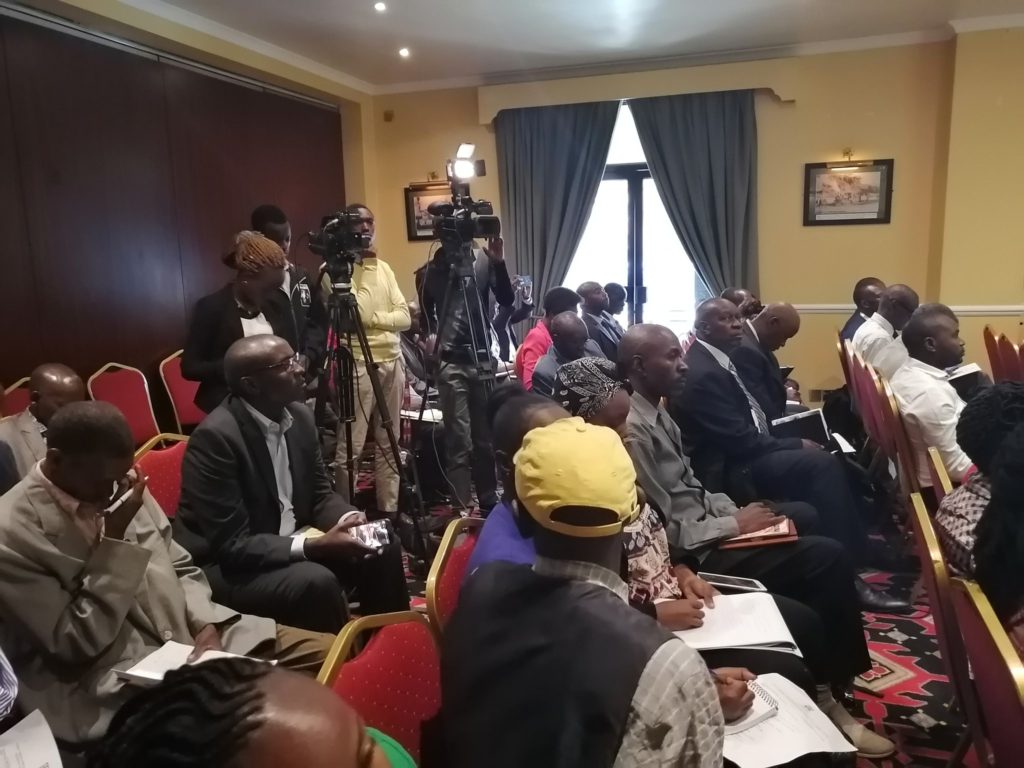By Sharon Kiburi
Nairobi is ranked as the second fastest-growing city in Africa after Dar-salaam. Despite the good news, the city struggles with immense transport problems one of them being traffic snarl-ups.
Roughly, 50 million USD of productivity is lost in traffic in the Nairobi city every day. In the city, every given day public service vehicles occupy 20% to 22% of the road while the rest 80% are private cars. It is reported that Kenya imports seven thousand (7000) vehicles a month and ninety thousand (90,000) a year according to the statistics offered by the institute of economic affair in a public forum held on May 16th, 2019.
The rate at which Kenyans are importing cars is not directly proportionate to the rate of road expansion. In the vision 2030 blueprint, Kenya estimates to have 1.35 million vehicles in the country. The insidious traffic experienced in the Nairobi Central Business District (CBD) and its outcasts is a nightmare that residents have to deal with every day.
The situation gets worse with traffic lights not functioning and hence police offering to man the roads to control traffic. Motorcyclists what we call “Boda Boda riders” add up to the chaotic environment.
Contrary to what the world perception of Kenya is, on an upward trajectory when it comes to matters of transport, nothing is far from the truth. The standard Gauge Railway (SGR) line has eased transport from Nairobi to Mombasa.
However, this has done nothing to the day to day business of individuals in Nairobi city who require an effective transport system. This is because the government has neglected the issue of transport and left it to the private sector.
This is clearly seen in the government’s big four agenda which has given priority to Universal Healthcare, Manufacturing, Affordable Housing and Food Security. Transport is not mentioned in the priority list ironically to achieve the big four effects transport system would play a huge role.

The private sector in Kenya plays a huge role in the growth of the economy of the country. In December 2015, Kenya had registered 40,283 companies out of which 40 were public local companies, 40,022 were private local companies and 221 were foreign companies according to the Kenya Bureau of Statistics (KNBS). This saw wage in Kenya grow by 3.3% in the private sector and 2.6% in the public sector between 2015 and 2016.
Despite the good growth in the private sector, the providence of service by the Matatu owners Association in Kenya has not necessarily served in the interest of the public. It is often a question of profit as any other business and as a result, the condition of public transport vehicles provided are demeaning in terms of customer service or low quality of products used.
This has contributed too many Kenyans opting not to use public transport resulting in imminent traffic jams. While the majority of Kenyans are left to deal with public transport especially because they cannot afford to buy their own vehicles.
During a recent public forum held by the Institute of Economic Affairs, discussions were centered around the chaotic public transport in Nairobi. A representative from the police in charge of traffic said that they are doing the much to assist with the flow of vehicles and ease traffic.
This comes at a time when the cost of health in Kenya is high. But of grave concern is the health of the officers who stand for long hours inhaling the fumes that are a health hazard while manning traffick.
Matatu Owners Association chair, Simon Kimutai agreed to the fact that there was a big challenge of traffic jams, poor roads, and few bus terminus. He also acknowledged the need for better arrangements in terms of how vehicles should tow when picking up passengers, saying this may assist in reducing traffic.
Reliable and effective public transport is the dream of all Nairobi residents. Talk of route transports groups (RTG), a utopia that they would love to wake up too.














